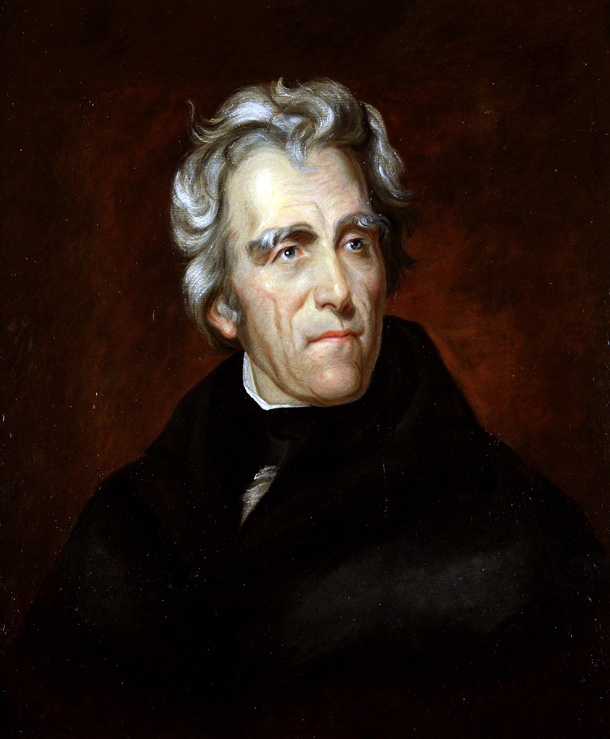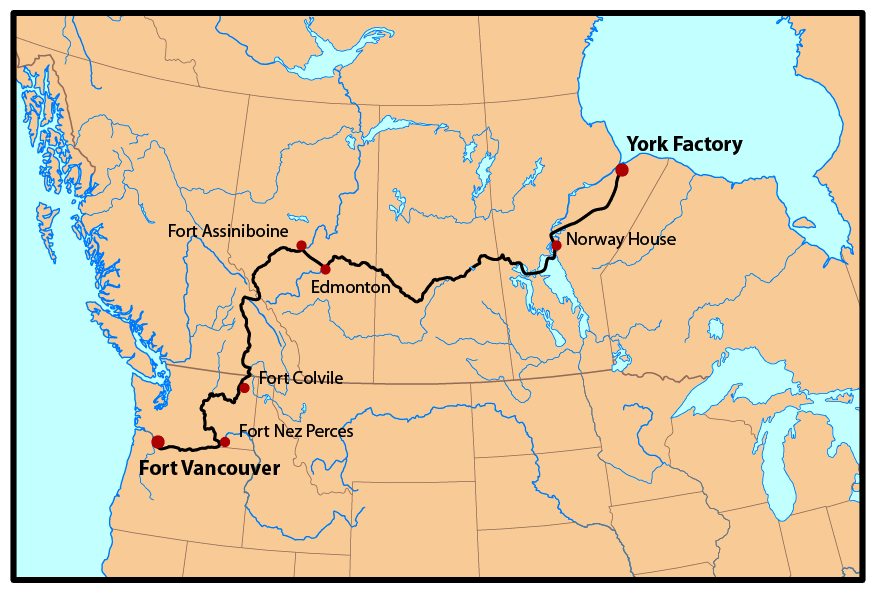Glen
Moderator
POD starts in the Southern America Act of 1774.
The War of 1812 did not go well for the young nation of the United States of America, though many wondered that it even survived, facing one of the greatest Empires ever known on multiple fronts. However, in reality the American acquitted themselves quite well in battle, and may have fared much better, if not for the Lion of the South, Old Hickory himself, Andrew Jackson.
 Jackson had been born in the Carolinas only weeks after his father's death, and was raised by his mother alongside his brother. After the Southern America Act of 1774, his family moved west of the Appalachians to take advantage of the new frontier. Like many others on the frontier, they abstained from participation in the American Rebellion, though it is said that the young Jackson followed news of the fighting most avidly, even then showing his penchant for matters martial.
Jackson had been born in the Carolinas only weeks after his father's death, and was raised by his mother alongside his brother. After the Southern America Act of 1774, his family moved west of the Appalachians to take advantage of the new frontier. Like many others on the frontier, they abstained from participation in the American Rebellion, though it is said that the young Jackson followed news of the fighting most avidly, even then showing his penchant for matters martial.
However, it was during the War of 1812 that he truly rose to prominence. Leading Southern militia and allied Indians they ravaged up and down the Mississippi and her western branches, towards the end of the war even threatening St. Louis.
Thus, while the Americans had held their borders in the North and South, in the West the newly acquired lands of Southern Louisiana were taken from them. Of course, with New Orleans well and truly lost, the other losses were of less value. In the event, the peace lost the United States all land South of 36-30.

Many celebrate 1789 as the ending of slavery in the United States of America, though in actuality the ban of slavery in the Northwest Territory and later the Bill of Rights were only written into the legislation that year, but it wasn't until the early 1790s that the abolition of slavery really began to take effect. While many states of the union allowed slaves at the time, it was felt to be a dying institution, and counter to the spirit of freedom that the new nation wished to foster. While there was some federal funds voted for recompense for freed slaves, many slave owners chose instead to sell their slaves south to the British colonies there, getting a better price than that offered by Congress, even with the downturn in price by the flooding of the slave market.
While some slave owners migrated to the Southern Colonies with the passage of abolition, the majority preferred the loss of their slaves to living once more under the rule of the Crown. Even though many slaves were sold from Maryland and Virginia, a sizable number remained with their previous owners and continued to work the land, typically in return for some share of the crop. Some likened the relation to manorialism, with the plantation owners acting as feudal lords and freed slaves as serfs.
Obviously, the Southern Colonies saw a significant increase in their slave population, just in time for the onset of a massive growth in cotton cultivation with the invention of the Cotton Engine.
The War of 1812 did not go well for the young nation of the United States of America, though many wondered that it even survived, facing one of the greatest Empires ever known on multiple fronts. However, in reality the American acquitted themselves quite well in battle, and may have fared much better, if not for the Lion of the South, Old Hickory himself, Andrew Jackson.

However, it was during the War of 1812 that he truly rose to prominence. Leading Southern militia and allied Indians they ravaged up and down the Mississippi and her western branches, towards the end of the war even threatening St. Louis.
Thus, while the Americans had held their borders in the North and South, in the West the newly acquired lands of Southern Louisiana were taken from them. Of course, with New Orleans well and truly lost, the other losses were of less value. In the event, the peace lost the United States all land South of 36-30.
Last edited:

